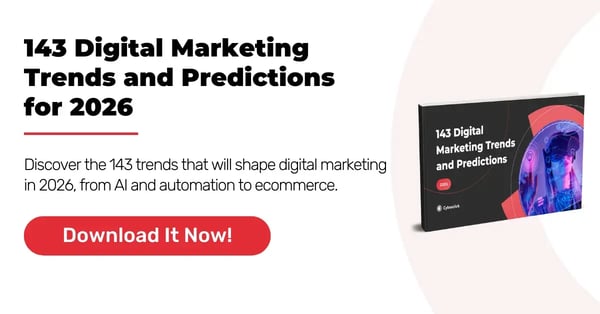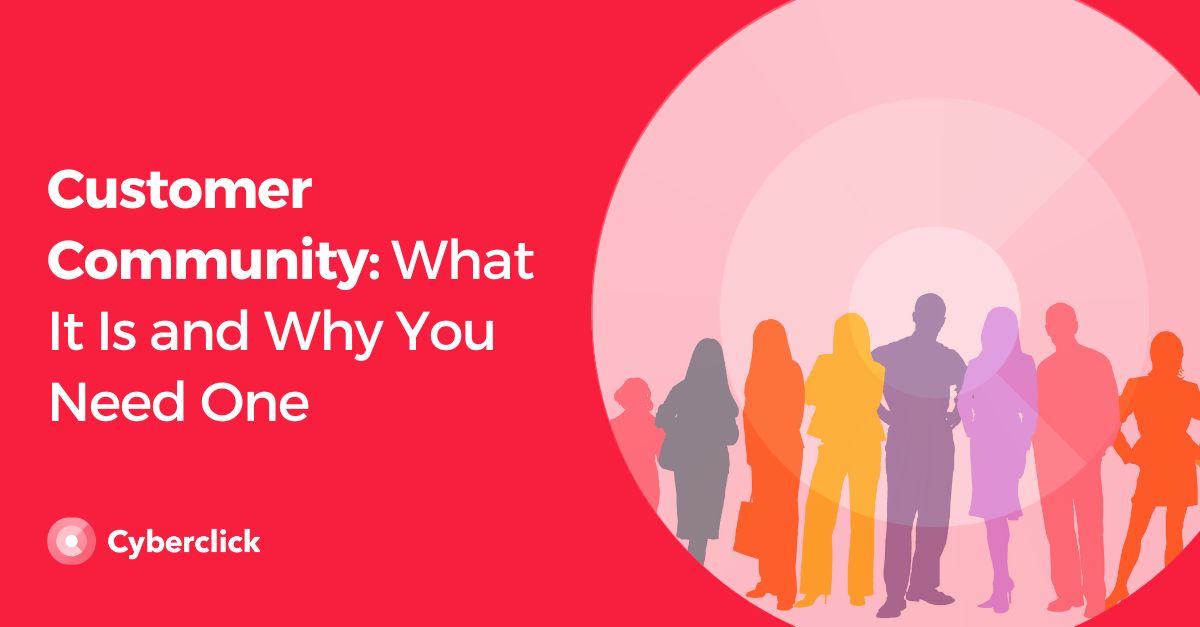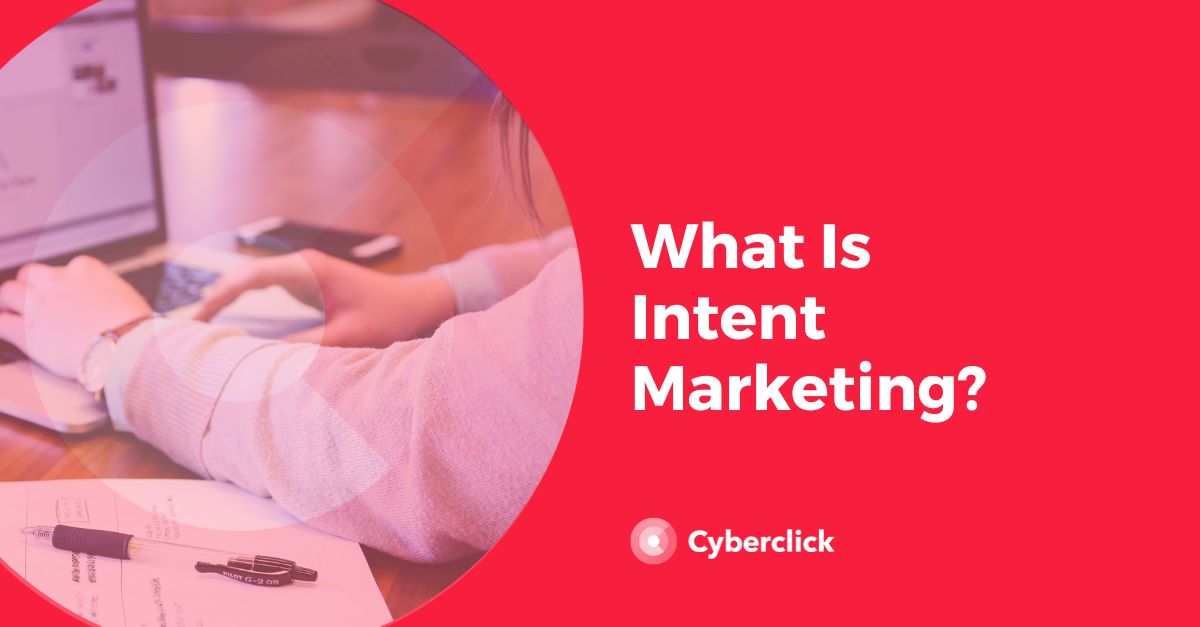Every company desires its marketing efforts to resonate with the public and grab their attention. However, not just any audience will do; rather, it is crucial to target individuals who genuinely have an interest in your products or services. To identify the individuals comprising this potential audience, along with their needs and the communication style that will capture their attention, it is essential to have an Ideal Customer Profile (ICP). In this article, we will explain what this concept entails and why it is crucial to develop it for your business.

What Is the Ideal Customer Profile (ICP)?
The Ideal Customer Profile (ICP) is a comprehensive depiction of the ideal consumer for a company, specifically the type of consumer most likely to purchase the product or service being offered. It is advisable for both B2B and B2C businesses to create a description of their Ideal Customer Profile to ensure precise targeting of all their actions.
When a company fails to clarify the type of individual its marketing and sales efforts should be directed towards, it is less likely to establish a connection with its ideal customer. This can result in futile efforts or a failure to generate the expected return on investment (ROI).
Difference Between Ideal Customer Profile, Buyer Persona, and Target Audience
You might perceive the definition of the Ideal Customer Profile as being quite similar to concepts such as Buyer Persona or Target Audience. However, while these three ideas are interconnected, there are subtle elements that set them apart:
- Ideal Customer Profile: As previously mentioned, this description encapsulates your best customer. Key data for its development includes purchase frequency, brand commitment level, and average income.
- Buyer Persona: This is a fictional character crafted from interviews with real customers. The purpose of this persona is to represent the ideal customer. Important information taken into account when designing the buyer persona includes age, purchasing habits, and job position.
- Target Audience: This encompasses the socioeconomic, demographic, and behavioral profile of individuals who could potentially consume your products or services in the future. Vital information for designing the target audience includes purchasing power, age, and education of the subjects.
It is advisable for a company to equally develop a description for each of these elements. Ideally, the process should begin by defining the target audience, followed by creating the Ideal Customer Profile (ICP), and concluding with the creation of the buyer persona.
5 Steps to Define Your Ideal Customer Profile
1. Understand Your Own Business
Before delving into the characteristics of your ideal customer, it is crucial to conduct a thorough introspection of your business and contemplate what your company can offer to the public. Analyze your business values and goals. Additionally, a valuable tool during this phase is the SWOT analysis, which helps identify your company's strengths, weaknesses, opportunities, and threats. We highly recommend involving both your marketing and sales teams in this process. Their insights and understanding of this information will not only contribute to the overall vision but also assist them in aligning their actions and performing their roles effectively.
2. Identify Your Key Customers
Now it's time to examine your customer base. Typically, the ideal customer is the one who generates the highest profits with minimal marketing effort, in other words, the most profitable customer. To determine which customers fit this description, review your sales history, interaction logs, and business reports. Tools like Google Analytics or CRM platforms can be immensely helpful in providing data such as ROI, engagement, loyalty levels, and customer experience.
If your business is relatively new and lacks sufficient customer information, analyze your direct competitors and adapt the conclusions you draw to suit your own company.
3. Analyze Them
Once you have identified the most profitable individuals for your company, it's time to analyze each one individually and identify patterns. For the most accurate results, we recommend conducting interviews with the selected clients whenever possible. This approach allows you to not only utilize information from your databases but also verify and corroborate it with first-hand insights.
4. Design the ICP
Once you have detected the characteristics that are common to the different customers you have selected, it is time to create the Ideal Customer Profile, which includes:
- Demographic characteristics.
- Socioeconomic data.
- Behavioral information.
- Needs.
- Objectives.
- Difficulties.
- Information channels used.
- Etc.
Once you have completed this exercise, you will have the Ideal Customer Profile, which will guide you in effectively directing your sales efforts and boosting them.
5. Locate Which Customers Are Left Out
Before finalizing the Ideal Customer Profile, it's important to acknowledge that in most cases (if not all), your customers may not perfectly align with the profile you have developed. Therefore, the objective is not to find a customer who precisely matches the ideal image you have created, but rather to assess whether the potential customers you are engaging with are in close proximity to this ideal or significantly divergent. If they fall into the latter category, it is essential to reassess your strategy and analyze why you are not reaching those individuals who might be highly interested in your product or service.
Responsable de la estrategia de contenidos y visibilidad en Cyberclick, con enfoque Allbound y especialización en posicionamiento SEO, GEO y automatización con IA. Gestión avanzada del CRM con HubSpot: base de datos, workflows, lead nurturing, scoring y reporting. Experiencia en marketing digital, comunicación corporativa y periodismo, uniendo estrategia, creatividad y tecnología para captar y convertir leads cualificados.
Responsible for content and brand visibility strategy at Cyberclick, with an Allbound approach and specialization in SEO, GEO (Generative Engine Optimization), and AI-powered automation. Advanced HubSpot CRM management: database segmentation, workflows, lead nurturing, scoring, and reporting. Background in digital marketing, corporate communications, and journalism—combining strategy, creativity, and technology to attract and convert qualified leads.






Leave your comment and join the conversation